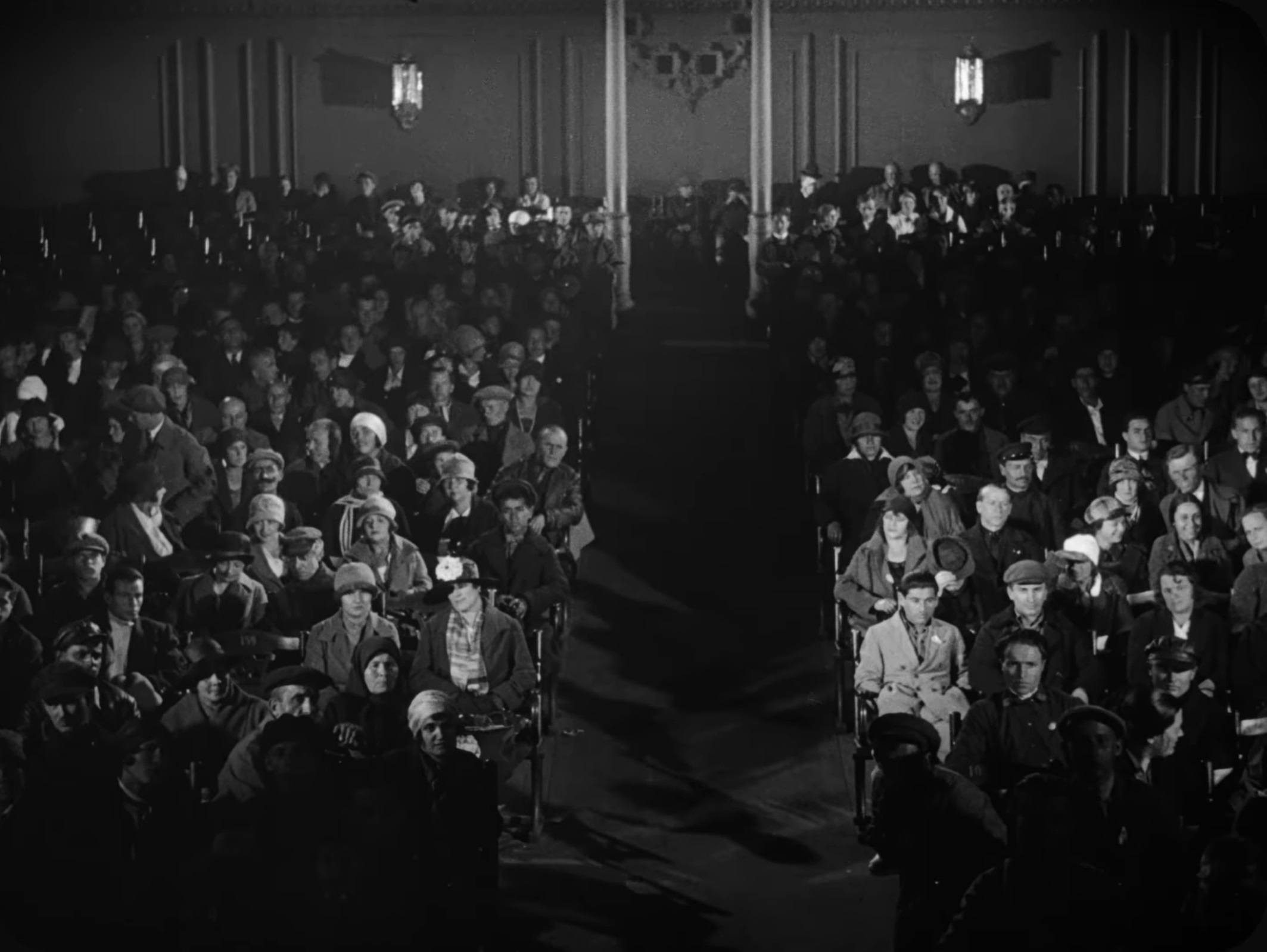
In the cinema the projector serves as the sole source of illumination, and the light that it gives out is articulated by the content of its images. Our pupils widen and dilate according to the relative brightness of each frame; and through the interplay of photographic acoustics in the room the shapes of people and things in these frames dissolve into a diffuse amplitude of light and shade, folding us all into its penumbra.
The dilation of the pupil is driven by sphincter fibres in the eye that mechanically drag the margin of the pupil. This is an automatic process that happens because of movement in the brain but is inaccessible to consciousness. Meanwhile the art gallery is nearly always regularly lit, so the tightening and loosening of that squirming protein, when it does occur, is instead driven by a certain psychological intensity in response to the emotional or intellectual content of the paintings. The cinema, as preoccupied as it is with the rectangular, the monocular, the modernist, and the discrete, still manages to make animals of us in at least one way that the gallery does not.
(The terrifying possibility remains that one day I will look into your eyes and see only exactly what I expect to see.)

Eleven Aphorisms About Silence via Dreaming or Structure or Both
Uncertainty
Hyperoptics: Lessons From Cinematic Vision